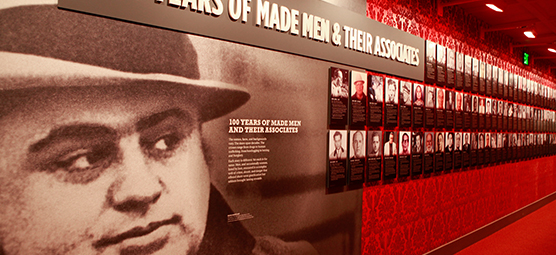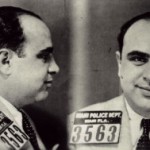Could mass murder of college students mark turning point in battle against Mexican drug cartels?

Local, state and even federal governments in Mexico have long been suspected of being controlled by violent drug cartels, but the reign of the cartels may be threatened by widespread horror at the recent murder of dozens of college students.
On September 26, in Iguala, in the state of Guerrero, 43 students from a teachers college disappeared. The Mexican government believes the mayor of Iguala, Jose Abarca Velazquez, ordered gangsters from the Guerrero Unido cartel to round up the students and kill them. Only the body of one student has been positively identified so far. According to analysts and federal officials, the mayor essentially worked hand in hand with the local drug gang, and used soldiers from the cartel to silence a planned protest by the college students.
Now, the growing anger of citizens throughout Mexico, but particularly in Mexico City and in Guerrero, has prompted demonstrations demanding a government response not just to the Iguala kidnappings, but to drug violence in the country generally.
Citizens and officials within the United States have looked at the security situation in Mexico with alarm, but other countries – including the United States – have had experience with criminal organizations hijacking governments. Consider that in the 1920s, the Al Capone gang, which controlled much of Chicago’s lucrative bootlegging, gambling and prostitution rackets during Prohibition, controlled (or “owned,” in the parlance of the time) judges, elected officials, police leaders and street cops.
Indeed, in one infamous 1924 event, Capone and his gunmen launched a pre-emptive coup d’état against those who wanted to replace the town of Cicero’s elected government. According to the Chicago Tribune, Capone’s gun-toting men took over the polls in the town, unreliable voters were beaten up, police were disarmed and beaten, ballots were torn out of the hands of voters and ripped up, an election worker was kidnapped and shot through both legs – and efforts to have a legal election were violently suppressed. In one of the gun battles with out-of-town police deputized by a judge, Al Capone’s brother Frank was shot dead through the heart. But in the end, Capone himself was rewarded with complete political control of the suburb.
“Despite police efforts, Cicero almost overnight became ‘Caponeville,’ and everyone, from the police department to local businessmen to the mayor`s office, took instructions from the Capone headquarters,” the Tribune reported in 1987.
Criminal gangs have similarly controlled governments in other parts of the world. Few now remember, but Pablo Escobar, the cocaine trafficker from Medellin, Colombia, was elected to the Colombian legislature in 1983. By the early 1990s, though, Colombia had had enough of the drug lord, and he was tracked down and killed in his hometown. While Colombia still has enormous challenges, the power of the drug lords to install officials and dictate policy has been significantly reduced.
In the United States, the Mob, or American Mafia, is a shadow of its once great institutional power. Public exposure through events such as Chicago’s St. Valentine’s Day Massacre, U.S. Senate hearings on organized crime in the 1950s, and the passage of tough federal laws in the 1960s and 1970s took the romance away from organized crime and sent mobsters to prison.
One consistent theme is that organized crime groups lose power when the citizens of a country grow angry enough to throw them out. There may be evidence of such an event occurring in Mexico today.
Already, the Iguala mayor and his wife are among more than 70 people, including police officers and drug gang members, who have been arrested and charged with various offenses, including murder and political corruption.
It should be noted that the United States and countries of Western Europe – First World democracies — are still struggling to root out and eliminate the influence of organized crime at all levels, so it could take years for similar efforts to bear fruit in Mexico.
Feedback or questions? Email blog@themobmuseum.org






